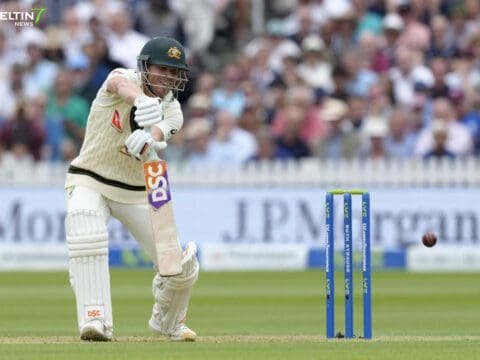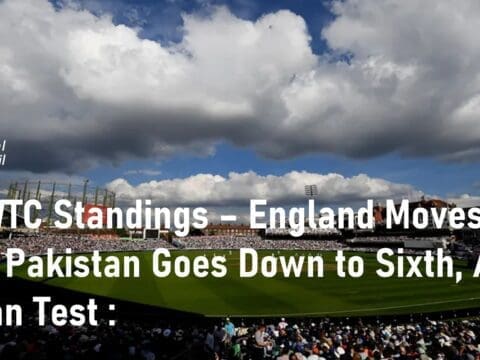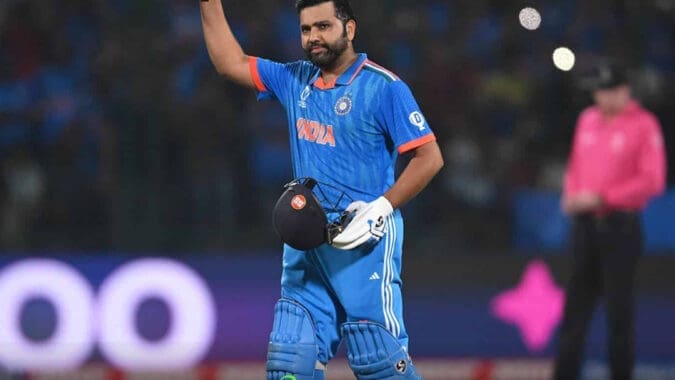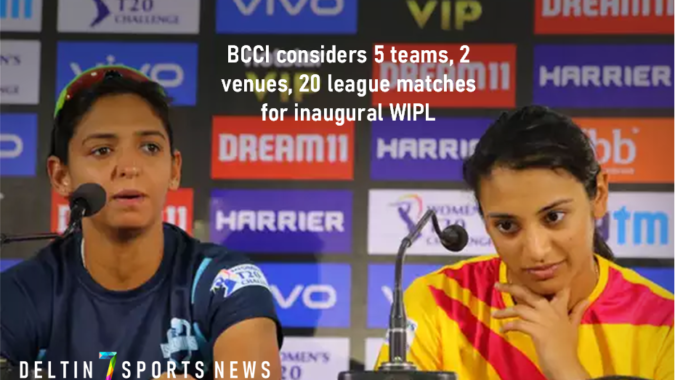Match: Australia vs South Africa | Third Test Match 2023 | Day 2
Dates: 4th January 2023 – 8th January 2023
Venue: Sydney Cricket Ground (SCG)
AUS vs SA – Teams:
South Africa’s playing XI – 3nd Test Match:
Dean Elgar (c), Sarel Erwee, Heinrich Klaasen, Temba Bavuma, Khaya Zondo, Kyle Verreynne, Marco Jansen, Keshav Maharaj, Simon Harmer, Kagiso Rabada, Anrich Nortje
Australia’s playing XI – 3rd Test Match:
Pat Cummins (c), David Warner, Usman Khawaja, Marnus Labuschagne, Steven Smith, Travis Head, Matthew Renshaw, Alex Carey (wk), Ashton Agar, Nathan Lyon, Josh Hazlewood.
AUS vs SA – Toss:
Australian Captain Pat Cummins had won the toss and decided to bat first at the SCG pitch. The decision was made because the wicket is expected to turn on the 4th and 5th Day. That’s the reason why both teams included two spinners in their side.
World Test Championship Scenarios| India | Australia | South Africa:
The test match is important because of the crucial world test championship points. These points will become crucial for the qualification of the final of the ICC World Test Championship.
Australia currently sits happily at the top of the World Test Championship points table. If Australia win the 3rd test match at Sydney, they will directly qualify for the final.
India is currently second on the World Test Championship points table. They just need to do well in the home series against Australia to secure their berth.
South Africa must win the 3rd test match if they want to remain in the race for final.
AUS vs SA – Match Report: Day 2 of the 3rd Test Match
Australian Batters continue to pile runs – Usman Khawaja Nears a Double Century
Multiple rain delays meant that only 47 overs were bowled on the first day of the 3rd test match between Australia and South Africa.
However, Australia started well on the second day as Usman Khawaja and Smith resumed the proceedings on day 2. Only three overs were bowled on the second day when rain returned again to spoil the sport.
Following that the two batters resumed the normal course of play as the Aussies scored runs with ease. Australia brought up their 200 in 66 overs with Usman Khawaja and Smith batting well at that time.
Khawa brought up another test hundred in 206 balls while Smth northern up another test fifty as Australia went to lunch at 266/2.
After the lunch break the two batters continued to bat with ease and convenience as runs flowed freely for the Australian pair.
A 209-run stand for the fourth wicket between Steve Smith and Usman Khawaja put Australia in a commanding position as both Khawaja and Smith brought up their test hundreds.
Smith scored his 30th Test Century | Steve Smith crosses Don Bradman on the list of most test centuries for Australia:
Smith’s 30th Test Century took him to the third spot on the list of players with most test match hundreds for Australia. On the other hand, Usman Khawaja’s century was his 3rd consecutive hundred at the SCG.
Australia finished their day at 475/4. Usman Khawaja was not out on 195 while Matt Renshaw was batting at 5 runs as the play came to an end on the 2nd Day.
Australia will push for quick runs tomorrow before declaring their innings to take a shot at South Africa.
What is Test Match?
Test cricket is a form of first-class cricket played at international level between teams representing full member countries of the International Cricket Council (ICC).
A match consists of four innings (two per team) and is scheduled to last for up to five days. In the past, some Test matches had no time limit and were called Timeless Tests. The term “test match” was originally coined in 1861–62 but in a different context.
Test cricket did not become an officially recognised format until the 1890s, but many international matches since 1877 have been retrospectively awarded Test status. The first such match took place at the Melbourne Cricket Ground (MCG) in March 1877 between teams which were then known as a Combined Australian XI and James Lillywhite’s XI, the latter a team of visiting English professionals.
Matches between Australia and England were first called “test matches” in 1892. The first definitive list of retrospective Tests was written by South Australian journalist Clarence P. Moody two years later and, by the end of the century, had gained acceptance.
There are now twelve full ICC member countries playing Test cricket. Day/night Tests were permitted by the ICC in 2012 and the first day/night match was between Australia and New Zealand at the Adelaide Oval in November 2015.














